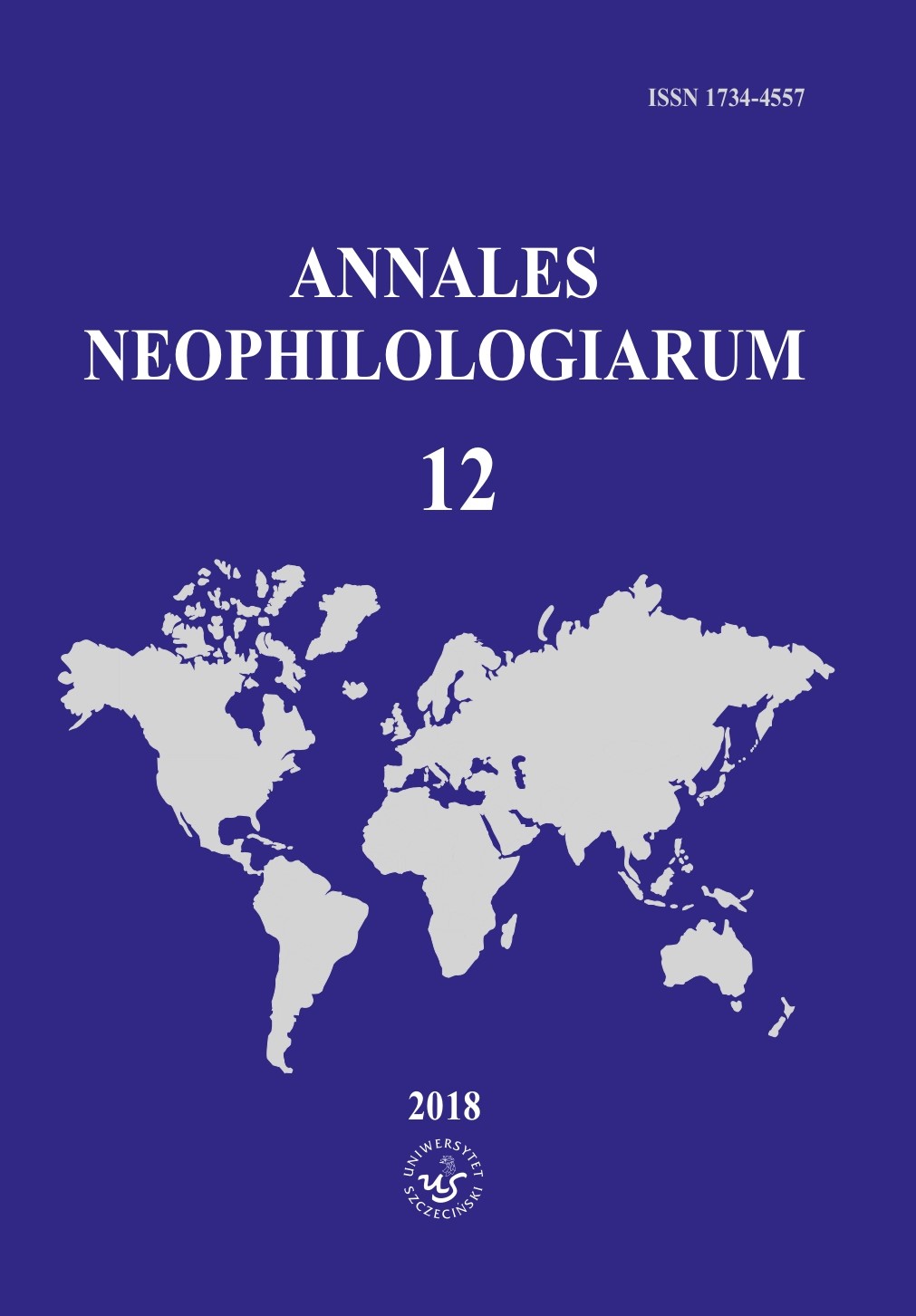La presencia del estoicismo de Lucio Anneo Séneca en la literatura española durante la Edad Media y su proyección posterior hasta el siglo XVII
The presence of the stoicism of Seneca The Younger in the spanish literature during the middle ages and its subsequent projection until the 17th century
Author(s): Angel Vega GuardiaSubject(s): Philosophy, Language and Literature Studies, Studies of Literature, Logic, Ethics / Practical Philosophy, Other Language Literature
Published by: Wydawnictwo Naukowe Uniwersytetu Szczecińskiego
Keywords: Stoicism; Seneca the Younger; Spanish Literature; Neostoicism; Francisco de Quevedo
Summary/Abstract: This article analyzes the deep mark left by the Cordovan philosopher throughout an extensive historical period. The influence of his Stoic thought began to be obvious from the fifth century. Numerous translations, copies and writings confirmed this fact. Progressively this doctrine became decisive and crucial during the Late Middle Ages, being already an intellectual phenomenon from the fifteenth century. This was reflected in the morality exposed by the Neostoicism movement, especially Francisco de Quevedo.
Journal: Annales Neophilologiarum
- Issue Year: 2018
- Issue No: 12
- Page Range: 137-147
- Page Count: 11
- Language: Spanish

